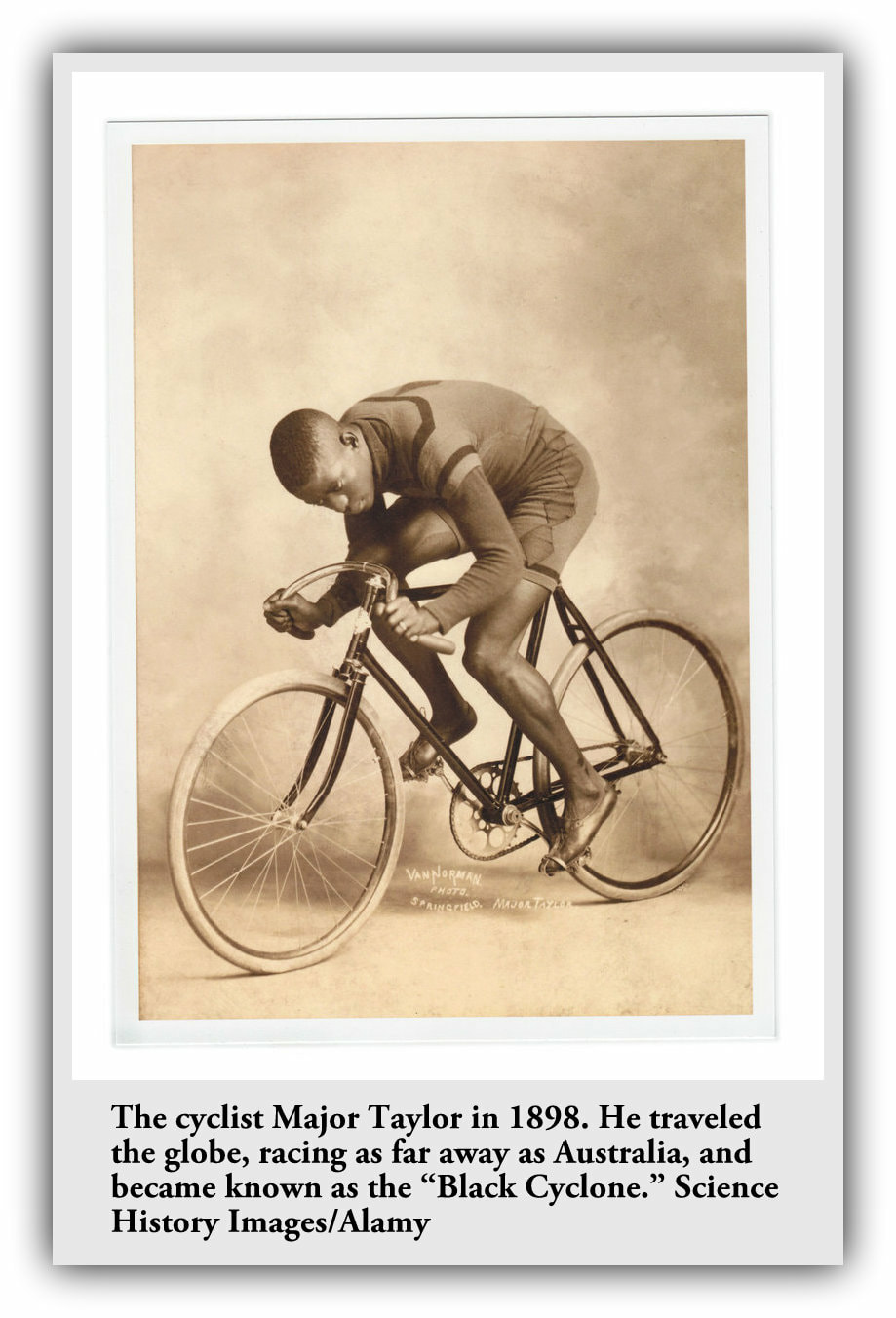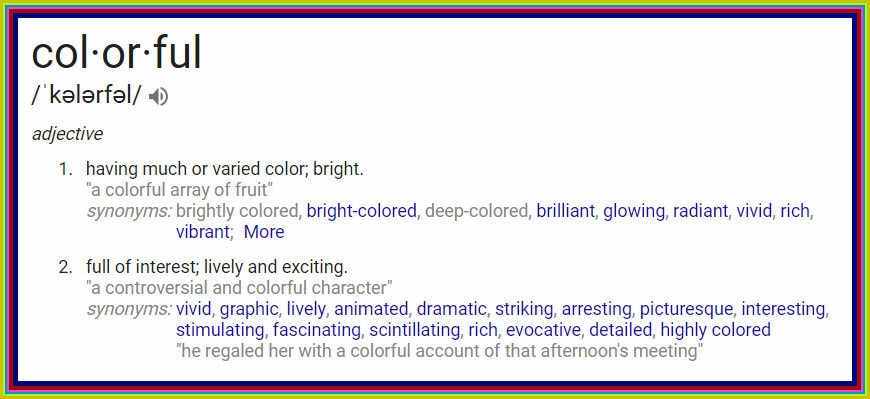NORMAN ROCKWELL IN THE AGE OF THE CIVIL RIGHTS MOVEMENTNorman Rockwell started working as a cover illustrator for The Saturday Evening Post in 1916 where he worked into the 1960's. During that time he did 320 covers for the Post. He also did art for publications that included: Ladies’ Home Journal, McCall’s, Literary Digest, Look, Country Gentleman, Popular Science, and others. Rockwell is famous for his sentimental portraits of American life. Words like wholesome and traditional readily come to mind. What many would not associate with Rockwell are poignant paintings of America's struggle with racism and civil rights. Due to the rules of the Saturday Evening Post, where black people could only be included in his paintings if they were depicted in service industry jobs, we think of "Rockwell’s America" as almost exclusively white. The Servant depictionThis is how the Saturday Evening Post allowed a person of color to be included in a Rockwell painting. In an interview later in his life, Rockwell recalled having been directed to paint out a black person from of a group picture for the Saturday Evening Post because of their strict policy prohibiting every day family depictions of minorities. While the Post seemed to relax their rules a bit by the 1960s, publishing Rockwell’s multi-ethnic “Do Unto Others” cover in 1961, their pace of change was not quick enough. In 1963, Rockwell left the Post for one at Look magazine, a publication that was more comfortable discussing and illustrating the racial realities of the time. source "At Look, Rockwell was free from the Post's restraints and seemed eager to correct prejudices inadvertently reflected in previous work. "The Problem We All Live With," "Murder in Mississippi," and "New Kids in the Neighborhood" ushered in that new focus. Evolving view of the world
"On July 14, 1964, "The New York Times" ran a story titled, “A 2nd Body is Found in the Mississippi.” Norman Rockwell tore this page from his newspaper and saved it. The story of a racial killing in southwest Mississippi and the arson of two Negro churches mentioned another unsolved case, that of three civil rights workers missing since June 21st. The brief reference caught Rockwell’s attention and laid the foundation for one of his most stirring works. A few months earlier, "Look" ran Rockwell’s powerful message on school desegregation, "The Problem We All Live With." Rockwell received many letters criticizing his choice of subject, but irate opinions didn’t silence him. President Obama requested it for the White House in 2011. In March 1965, Rockwell began "Murder in Mississippi," illustrating the June 21st slaying of civil rights workers Michael Schwerner, Andrew Goodman, and James Chaney, in Philadelphia, Mississippi. " Here for all of Rockwell's images and this story in full.
0 Comments
Your comment will be posted after it is approved.
Leave a Reply. |
by Betsy Seeton
BLACK HISTORY
MONTH SHOULD BE EVERY M O N T H This is a blog covering and discovering injustice anywhere. It's about race, racism, hatred, love, tolerance, intolerance, ignorance and wisdom. It's about climate change, and all things earth, all things people, plants and animals. It's about change makers and light shiners. It will follow The North Star and report here.
B.L.S.I would like to think that, "One day our descendants will think it incredible that we paid so much attention to things like the amount of melanin in our skin or the shape of our eyes or our gender instead of the unique identities of each of us as complex human beings," as Franklin Thomas said. Archives
May 2021
Categories
All
|









 RSS Feed
RSS Feed
